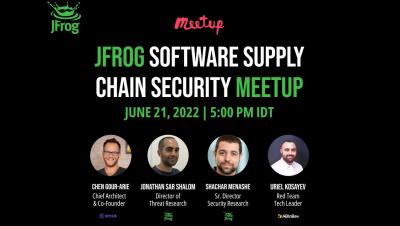Software supply chain: What it is and how to keep it secure
As shortages of consumer goods and rising prices caused by bottlenecks in international supply networks have become more common, the global supply chain and its vulnerabilities have been top of mind for many. For developers, several high-profile software security exploits have recently underscored the risks inherent in a similar type of supplier network: the software supply chain.










